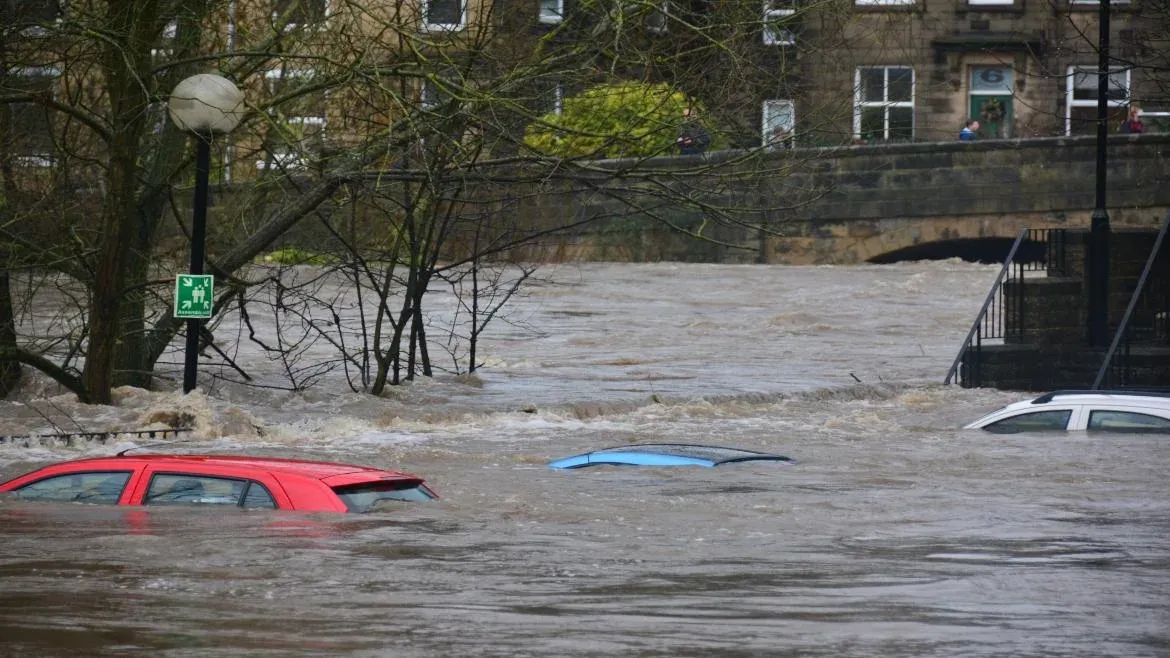The question is: how can security leaders prepare their businesses to cope with this particular threat? Companies that mitigate risks and disruptions most effectively during severe weather events do so through rigorously pre-planned emergency response actions. With accurate, timely, and site-specific weather intelligence, businesses can execute their response actions at the critical moments required to ensure the safety of their people and property.
1. Power Outages
In the event of a power outage, how will the business be affected? Does it need backup power or a generator? What systems will be affected, and what will happen if security systems go down? Do all or only a smaller number of specific systems, need emergency power? Will equipment and machinery fail or become dangerous to use if left without power? Would unexpected outages damage equipment, and would this impact critical access to supplies or inventory? Are door locks related to the power system? And is backup power permanently in place, or does it need setting up ahead of each event (how much time does this take)?
2. Access Issues
Business locations vary, and some are in riskier areas than others in severe weather. Keeping employees and clients safe can be a challenge if access to the facility is blocked. If sheltering is in place, are there enough supplies to cater to everyone, and if not, how will supplies reach you? Consider this: are the facilities surrounded by low-level roads or rivers that might flood and become unpassable; is there a risk of flying debris or foliage that could restrict access or make it dangerous? When are people needed at work, how will they get there, and can their shifts be adjusted to arrive before travel is restricted?
Using reliable weather data to plan for access disruptions to facilities will help security leaders cope when managing staff and supplies. Remember, staff and contractors may be affected by the weather in different locations, so knowing where they are coming from will impact decision-making.
3. Property Damage
The physical stresses on buildings from intense weather elements can cause any number of hazards. This is where regular property maintenance can play a vital role in facilities management. Should damage occur, who is responsible for repairs and fixes? Are there contracts with vendors to service the property, and what do these say about severe weather events? Will those contractors be able to prioritize business in times of stress? How quickly could typical repairs be done, and will this be in time for the next event? How will the business cope if contractors can’t get on-site? Has the business considered improving infrastructure for better long-term results?
When assessing buildings, keep in mind the type of weather events you are likely to experience: do buildings need shatter-proof glass for high winds, or do generators in the basement need to be relocated due to flooding risks? Should the organization not tolerate downtime, and are facilities hardened enough to withstand these potential threats? Weather intelligence services can provide long-term forecasting for locations, so security leaders can plan for their business’s future.
4. Shutdown and Closure
In some cases, businesses need to shut down to keep people safe. How much time does the business need to safely stop operations, switch off machinery, and potentially evacuate employees when choosing to shut down? For some in manufacturing, deciding to shut down can require up to 48 hours notice ahead of a storm making landfall, and while forecasting at this point is good, things can change in that final period. If due to disruptions the business decides to shut down or evacuate, how will this decision be communicated to employees and clients relying on the business’s supplies or services?
What’s important is making the right decision at the ‘critical point’ with the best information at hand. This is where having a solid relationship with a weather intelligence provider can benefit the business.
Author – Staci Saint-Preux





